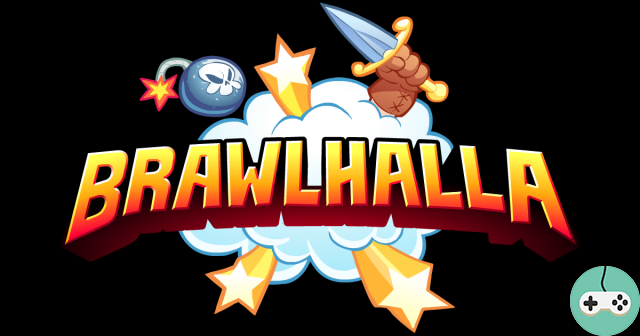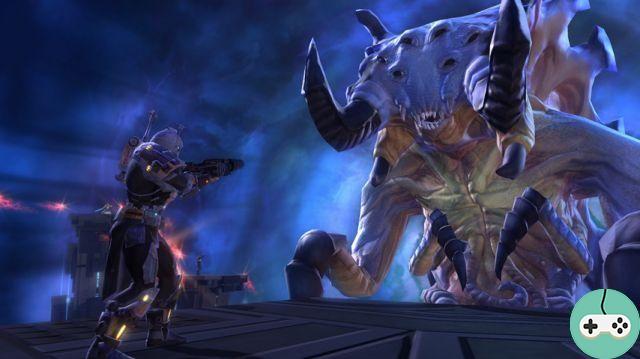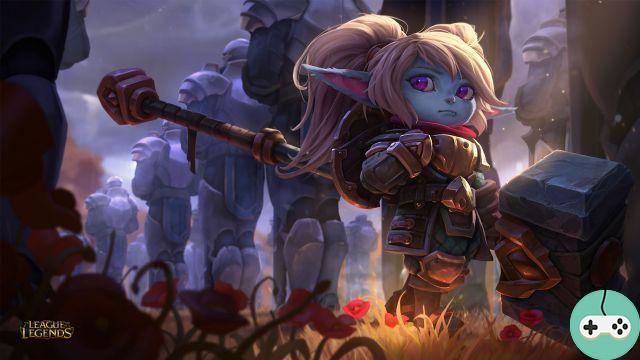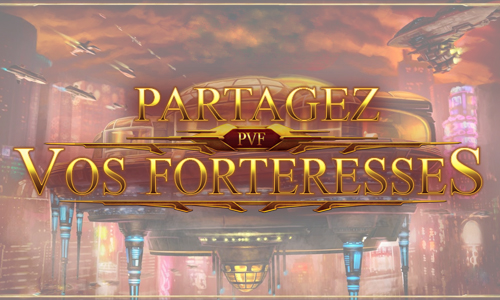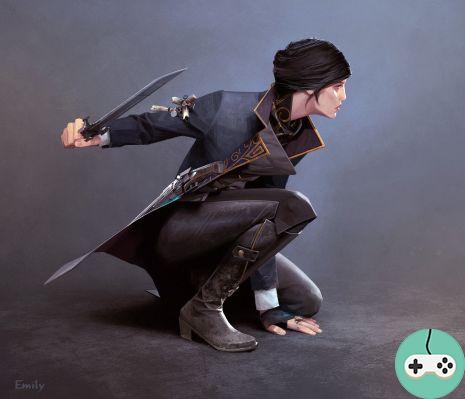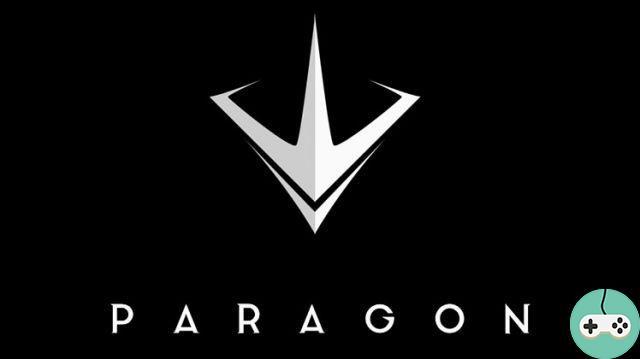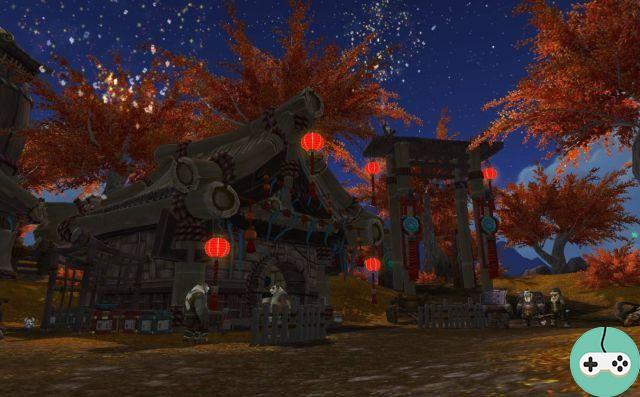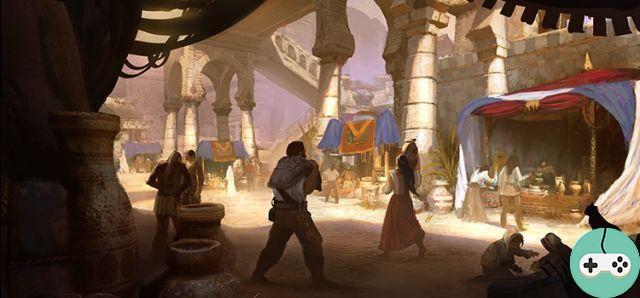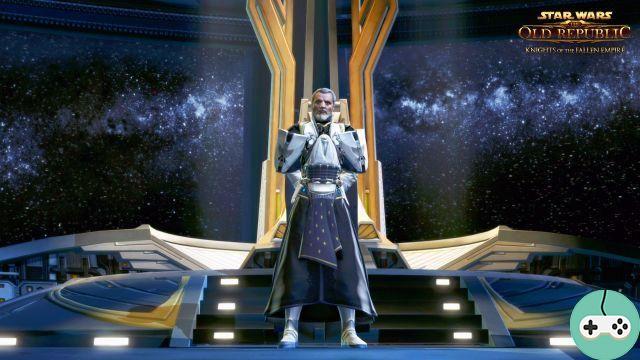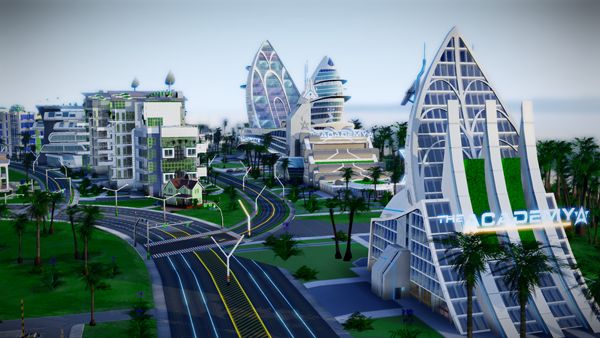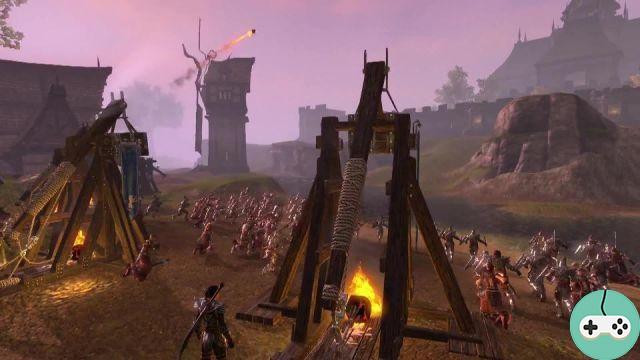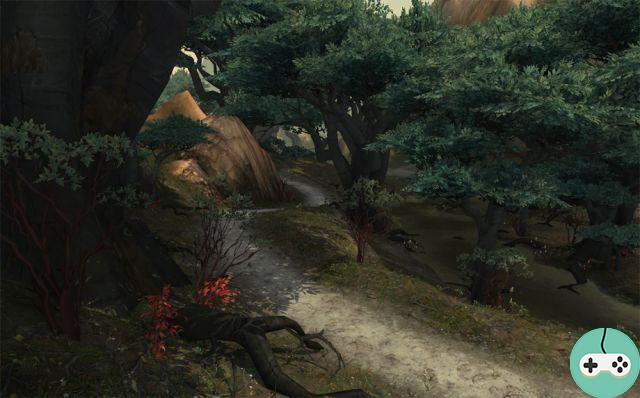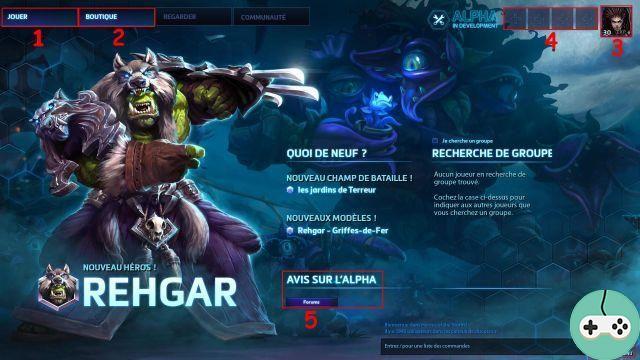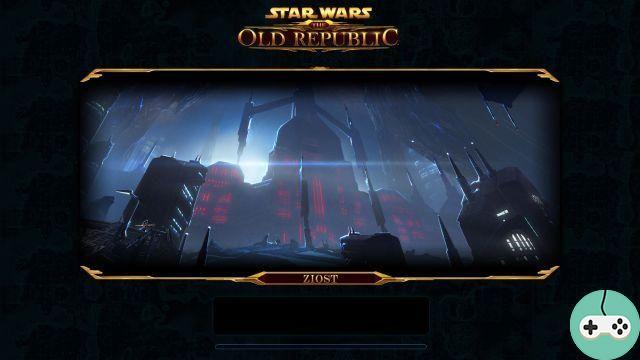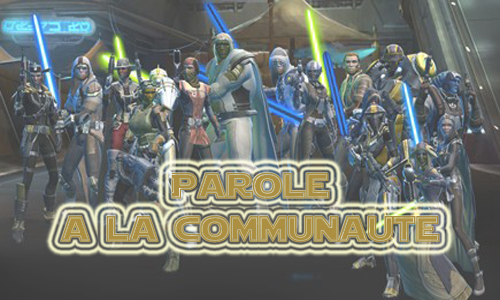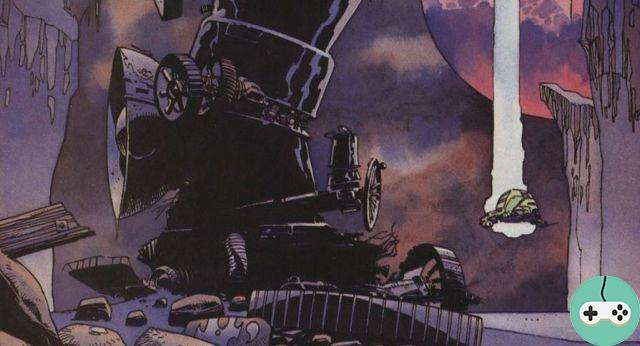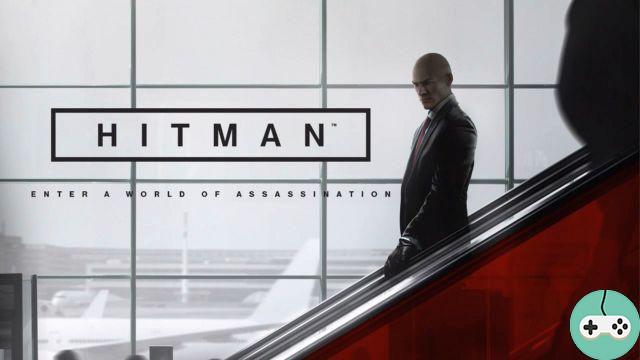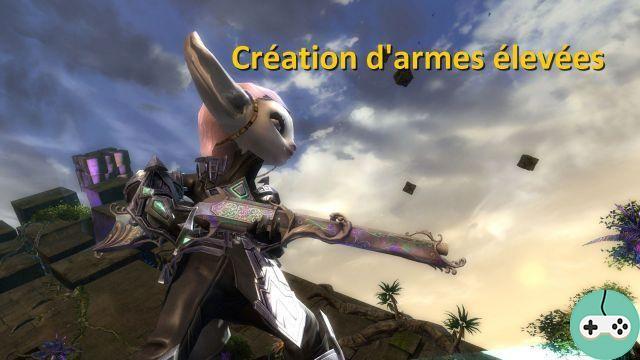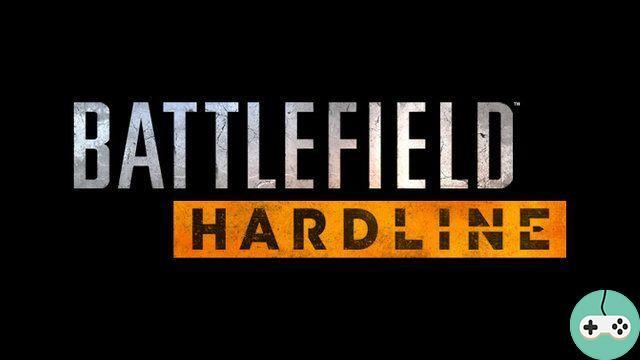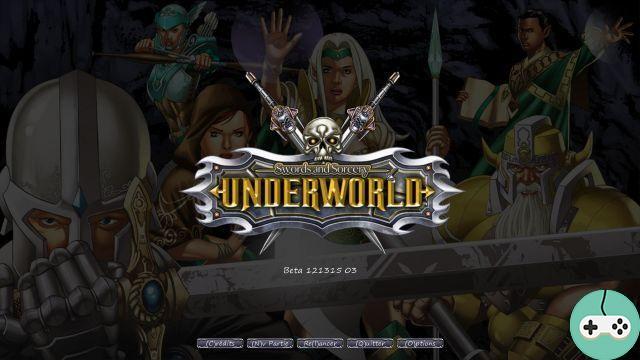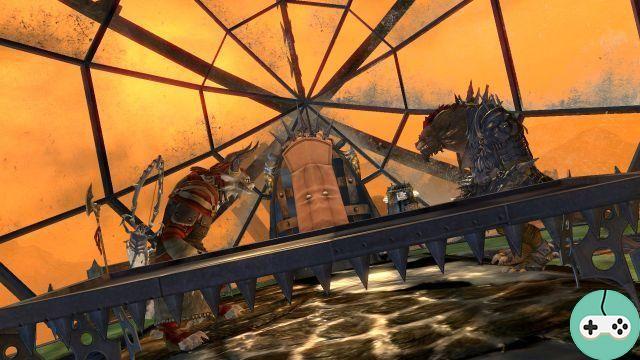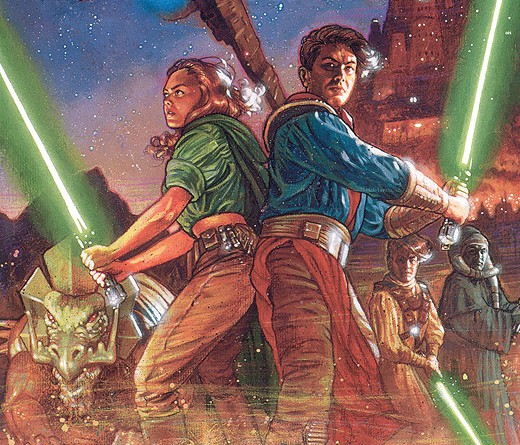
In 1991, comic book publisher Dark Horse purchased the rights to use the Star Wars license. For anyone who loves stories from our favorite universe, they still have it today. They would be wrong to deprive themselves of what is surely their most profitable license. And they do a really good job with it.
1991 is also the year of release of The Heir to the Empire by Timothy Zhan, a novel considered to be the very first of the Extended Universe Star Wars. There had been other works before, since the Holiday Special of 1978, but none has been so successful. This book, which is often presented as episode VII, will be followed by many others. Six months later, in December, Dark Horse released Dark Empire. Or at least the first chapter of the first part (monthly publication). The two works resemble each other in certain respects, sometimes make rather unfortunate crossings and are opposed to others. The differences have since been smoothed out, for the sake of EU continuity. The fact that Kevin J. Anderson, one of the decade's leading Star Wars comics writers, wrote multiple novels (The Jedi Academy, The Young Jedi Knights Cycle) certainly played for the reconciliations. Troy Denning, head of Star Wars novels for the post-Yuuzhan Vong period, claims his admiration for Anderson's work. This author has now gone to another space-opera universe (Dune). That said, Dark Empire is not really considered a major work, crushed by its rival of the moment. Its conclusion will come in 1995.
In 1993, Dark Horse and Kevin J. Anderson launched another Star Wars: Tales of the Jedi comic book. Also called Knights of the Old Republic. The link with the game of Bioware ten years later? The period of history. All this takes place 4000 years before the films. Here will be created the model of the Sith Lord as we know him. Darth Vader and the Emperor had been the first. Here, new characters appear to take their roles, with enough commonalities so that we can draw a diagram. Tales of the Jedi (1993-1995, plus a final arc in 1998) and its prequel Golden Age of the Sith (1996-1997, this is a story set a thousand years earlier during the War of the Hyperspace and which Bioware used to explain the creation of the Empire of TOR) take a major place of work in the EU and establish Dark Horse as one of the pillars to be reckoned with for the construction of the new Star universe. Wars.
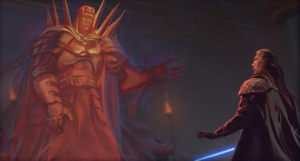
Tales of the Jedi takes place around 4000 years before the films. A period of history when the Republic does not have the same limits as in the stories of Georges Lucas. The Sith are non-existent there. They were destroyed a long time ago, in a terrible war that rocked the galaxy. They have been eradicated. Really ? So why is the Onderon system so shaken by the Dark side, to the point where the Jedi decide to get involved?
There, master Arca Jeth and his apprentices Tott Doneeta and the twins Ulic and Cay Quel-Droma discover that the members of the royal family are being manipulated by the ghost of one of their ancestors. Freedon Nadd, founder of the lineage, fallen Jedi who became the ghost apprentice of former Sith Lord Naga Sadow and who had proclaimed himself the new leader of the Sith. He was the only one, and failed to train a generation after him. But his ghost remains a formidable enemy. They will need additional allies, including Oss Willum and Nomi Sunrider to beat him. They will destroy his armies and restrict him, but Nadd has already found potential new minions. He can no longer fight but still influences events. In the role-playing master books, Freedon Nadd is just a Sith follower. He never achieved the real power of a Sith Lord. Imagine what the others will be ...
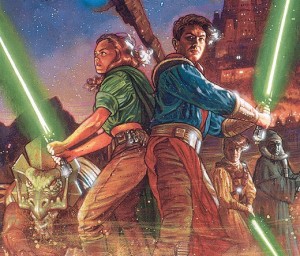
Meanwhile, another apprentice is frustrated with his relationship with his master. He is an accomplished weapons master in the mastery of the lightsaber. His link with the Force is undeniable. But his master refuses to recognize him as a knight. So, to prove his worth, Exar Kun sets off to confront the only enemy that is truly worth it: the Sith. But Arca Jeth is wary of his profile. Freedon Nadd has finally been imprisoned on Dxun, the last thing to do is open the door to his tomb to enter it. Exar Kun will tempt him anyway. But Nadd will refuse the fight, daring the Jedi to follow him to Korriban. There, the ghosts of many other lords of the Sith Empire pounced on the young jedi and reshaped him to sink him to the Dark side. There remains the last step to be taken: acceptance. It will take place on the Fourth Moon of Yavin, capturing the former Masassis armies of Naga Sadow. He rejects the Jedi teachings for such opposites that they cannot coexist. He then turns his newfound powers against Freedon Nadd's ghost, destroying it to prevent him from trying to manipulate it again. He must now face the other contenders for the title of Dark Lord of the Sith to become the ultimate leader of the Order.
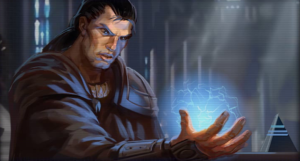
Before being defeated by the Jedi on Onderon, Freedon Nadd had time to take Satal Keto, son of the ruler of Empress Têta, and his cousin Alema as his students. The coup d'état was not long in coming, followed by a declaration of war against the Republic. With their entourage, baptized the Krath, they intend to redraw the maps of the galaxy, even if they have more ambition than military means.
As the Jedi wonder if they should intervene in this war, the Keto cousins send assassin droids to attack their reunion. Arca Jeth is killed. Since the majority refuses to act, Ulic Qel-Droma attempts an infiltration. He rejoins his enemies with the intention of identifying the main leaders of the Krath and eliminating them. Thus the war would be stillborn. But his actions are guessed by Satal and Alema, who act accordingly. Ulic falls into a trap. Between Alema's charms, various drugs and Sith tortures, the young jedi's mind begins to shift. He doesn't quite know which side he's really on. And when he ends up killing Satal Keto, he totally sinks into the Dark side and rejects the Jedi.
But Ulic doesn't have time to breathe and weigh his choices. Exar Kun has just arrived on the planet and challenges him for the title of Dark Lord of the Sith. The two opponents are evenly matched, and each other's powers are amplified by an ancient Sith artifact. These two artifacts begin to resonate. Unknowingly, the two rivals are performing an ancient ritual, a summoning of the ghosts of the ancient Sith leaders buried on Korriban. They stop the duel, proclaim Exar Kun as their successor and Ulic his apprentice. The two submit to their new condition and merge their armies. Alema Keto is the big loser of this meeting: she who wanted by the powers of her witchcraft to become the new leader of the Sith must be satisfied with the place of lieutenant of her rival and her puppet.
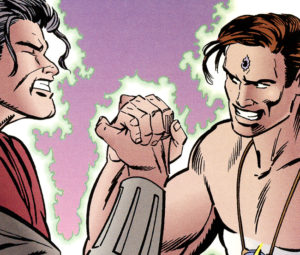
The new Sith army is almost ready to take on the Jedi and the Republic. Ulic Qel-Droma sets out to meet the Mandalorian warriors. He affronts and defeats Mandalore the Indomitable for control of his army. He even makes him his right hand in military affairs. Exar Kun, him, goes to Ossus where the Jedi academy is located. Through false promises, he convinces several apprentices to follow him to his Yavin IV base and begins converting them to the Dark Side.
The Krath had already won a few skirmishes against the Republic. Ulic decides to embark on a bigger offensive. His target? Coruscant herself! And his attack on the Republic's capital might have succeeded if Alema Keto had not betrayed him by announcing retirement at a critical moment, abandoning him back. She hoped to take her place with Exar Kun, then seduce him to better manipulate him. She forgot about Mandalore, too faithful to let her. The Dark Lord of the Sith is warned, and reacts.
Ulic Qel-Droma is to be tried for his crimes by nothing less than the Senate of the Republic. He confronts his judges without defending himself, denying them their right to decide his fate. When his twin brother and his old friends try to defend him, he violently rejects them. For the second time. And surprise, the doors of the Senate open to let Exar Kun, Mandalore and a handful of Massassi bodyguards pass. His powers in the Force allowed him to petrify the already stunned Senate. The Supreme Chancellor is transformed into a puppet before being destroyed by the power of the Dark side. Only Vodo Siosk Bas, the former master of Exar Kun tries to oppose. During their fight, the Dark Lord of the Sith reveals the modifications made to his lightsaber: the very first double-blade (prior to Episode I, legend has it that it inspired Darth Maul's equipment). The Sith leave as they came, without anyone worrying them.
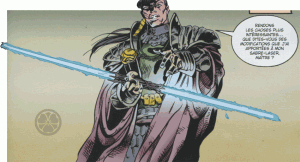
Exar Kun's next move in this war is the assassination of many Jedi Masters by their own apprentices returned from the Dark Side. Then he sends the traitor Alema Keto and the cathar Crado, the most incapable of his disciples, to use an ancient weapon of Naga Sadow combining technology and witchcraft. A weapon they can't afford to control, a bomb that takes them both. As well as the Republican fleet which was in the sector. And a star too, since it is its explosion that destroys everything. And imbalance neighboring systems. Including Ossus and his Jedi academy. Exar Kun's real target.
During the battle, Ulic Qel-Droma comes face to face with his twin brother Cay. He wins the fight and kills him. But then something breaks in him. He who had fallen into the Dark side as an infiltrator realizes how far he has come. And the revelation of his fall crushes him. His former mistress Nomi Sunrider takes the opportunity to perform a ritual on him cutting him off from the Force. The number two of the Sith is captured again. But this time, he lets himself go and will even cooperate.
Thanks to information from Ulic Qel-Droma, the Jedi can now organize against the Sith army. Onderon's attack fails and Mandalore the Indomitable is slain by the moon beasts Dxun. A counterattack blocks Exar Kun at his base in Yavin IV. He then attempts a last desperate maneuver, stealing the life and energy of the Massassi people for a final ritual. But he faces far too many adversaries. The Jedi manage to counter him, and he must take the brunt. His body is destroyed and his spirit taken prisoner in the temples of the moon.
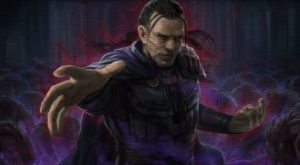
When Bioware developed its Knight of the Old Republic game, the comic cycle inspiration was undeniable. The story takes place forty years later, many references appear. In particular armor (Exar Kun, Ulic, the Krath…) and many characters who tell their version of what they lived. Even if at the level of appearances, the graphic style is completely the opposite.
The Old Republic is much less faithful. The Golden Age of the Sith prequel was used to justify the presence of the Empire faction. But its existence is contradictory with Exar Kun and Ulic Qel-Droma. Who are the real Sith, the real servants of the Dark side? Are they the descendants of the old Empire, more numerous and with more knowledge preserved but who have developed a new philosophy? Or the heirs of the legitimate Dark Lord of the Sith (Alias Naga Sadow, the Emperor who came to power without confronting him for the title. Besides, he does not use it.), Much more aggressive and dubbed by the ghosts of the former masters of the Empire? There is at least one person who realizes this problem at Bioware, since the Timeline video dedicated to this story does as I did and concludes by asking the question.




